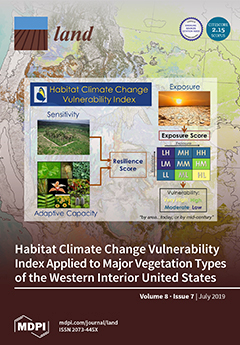Legitimacy Dilemmas in Direct Government Intervention: The Case of Public Land Development, an Example from the Netherlands
The current paper examines the legitimacy dilemmas that rise from local governments’ direct policy instruments and market interventions. It takes the case of public land management strategies. The paper argues that current societal challenges—such as energy transition, climate change and inclusive urban innovation—require planning practices to be more effective. Direct government instruments such as direct market interventions have proven to significantly reduce the implementation gap of planning practice.





